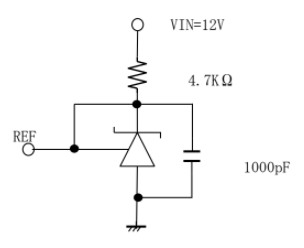Hi
My Customer has question.
1.Are there any differences in stability due to load capacitance between "TL431" and "TL431Q"?
⇒Customers use "TL431" and when load 1000 pF, It was confirmed that the output oscillated.
It is known from the Application Note that this is due to the large capacity.
Also, customers used "TL431Q" and confirmed that they do not oscillate even
if 3000 pF is mounted on the load.
2. Does this Figure 16 "Stability Boundary Conditions" test stability?
Are you conducting judgment on non-defective products?
3.If there is a Device that does not oscillate at 1000 pF, is there a possibility of oscillation due to aging degradation?
Since customers are very rush cases, please check them as soon as possible.
Regard
T Kishi


